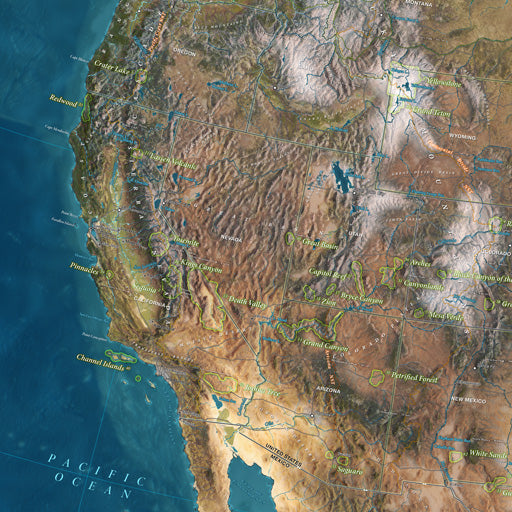The municipality of Sintra is home to numerous historical castles and forts that are centralized in a forested area among hills and cliffs that overlook the Atlantic Ocean. To get around the National Park of Sintra, there are beautiful walking trails, tour buses, and 3 wheeled tuck-tucks that are great for maneuvering the winding roads.
One important historical site within Sintra is the Castle of the Moors (pictured above). This medieval fort was built by the invading Moors in the 8th century during a turbulent period of history on the Iberian Peninsula know as the Reconquista. The Moors were subsequently driven from the castle in 1147 after the Portuguese conquest of Lisbon, which itself was a defining moment of the Reconquista.
Another impressive site is Sintra's colorful Pena Palace. The palace was originally constructed as a chapel in the 15th century to honor the Virgin Mary. Later, in 1838, King consort Ferdinand II acquired the building and commissioned a large construction project that would turn it into a summer residence for the Portuguese royal family.
Over time the vibrant colors faded until the building was almost completely gray. In the late 20th century, the palace was repainted to depict the original colors at the time of its completion.
Today Pena Palace is one of the most visited sites in Portugal and is regarded as a major work of 19th-century Romanticism.












Comments
Have been to 3 out of the top five. Love all of them. My other UNESCO favorite sites are: Angkor Watt, Banteay Srei, and Preah Vihear temples (all 3 in Cambodia) and Taj Mahal in India.
I’d love to see Frank Lloyd Wright’s ‘House Over the Waterfall’ in Fayette County, Pennsylvania, USA make this list. It’s the Fallingwater House.
The Tombs of the Bugandan Kings in Uganda are very interesting.
Among the five mentioned here, I only got Chichen Itza crossed out! I hope we can visit Peru soon.
This seems like a once in a lifetime experience. So beautiful!
I have only visited two of these UNESCO World Heritage sites. The first one is Machu Picchu. It was so extraordinarily beautiful, it is truly one of the top experiences of my life. The second place, Chichen Itza is an interesting historical site as well. After reading this article, I want to put all these other sites on my bucket list. Why not see the designated "Wonders of the World " instead of just traveling to the regular tourist spots. Great article!
Been to several. World Scout Jamboree in W Virginia had named all campsites with world heritage names!
These are really cool UNESCO sites! I’ve visited Chichen Itza and it was amazing but I need to get out and see more of them.